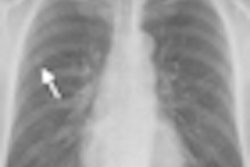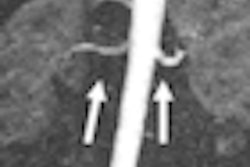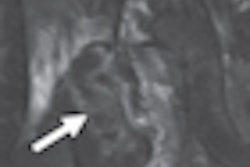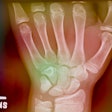Dear Digital X-Ray Insider,
The May issue of Radiology didn't hold much good news for proponents of radiography, with the publication of two studies containing negative findings for x-ray in a couple of clinical areas.
First, researchers from the University of Missouri in Columbia found that routine radiography procedures aren't necessary for patients on mechanical ventilation in intensive care units, unless they have clinical indications. The meta-analysis showed that patients who underwent the x-rays didn't have better outcomes, and, in some cases, the exams led to unnecessary interventions, according to an article by contributing writer James Brice.
In a second article in the issue, Dutch researchers questioned the value of lung cancer screening with digital radiography (DR), finding that the modality didn't approach the accuracy of CT and would produce large numbers of false positives or low detection rates in a large-scale screening environment.
The latter findings aren't necessarily earth-shattering, as analog radiography was discounted as a lung screening tool years ago, and the current study didn't use some of the more recently developed tools that promise to improve DR's performance, such as digital tomosynthesis or dual-energy subtraction.
We bring you news on just such a tool in this edition's Insider Exclusive. A research team from Case Western Reserve University in Cleveland used a dual-energy subtraction technique to produce coronary artery calcium (CAC) scores. Although CAC scoring traditionally has fallen within CT's realm, the Case Western group found in its pilot study that dual-energy DR can produce CAC scores that have good correlation with CT.
Why use DR for CAC scoring when CT is the gold standard? More study is required to answer that question, but based on the preliminary results, researchers believe that using dual-energy DR could be a way to identify patients with high CAC scores who could be sent directly to therapy without the need for a CT scan. Learn more by clicking here.
In other news in the Digital X-Ray Community, find out about wide variation in exposure index values between computed radiography systems, as well as why a baby monitor might double as a respiratory gating device to reduce repeat DR studies.
Also, if you've been incommunicado for the past several weeks, you can review our coverage of the U.S. Food and Drug Administration's hearings on medical radiation dose by clicking here and here.



















